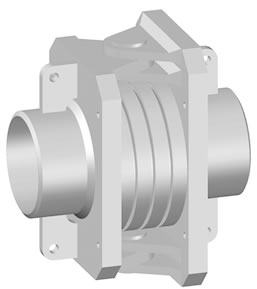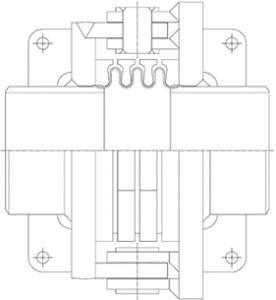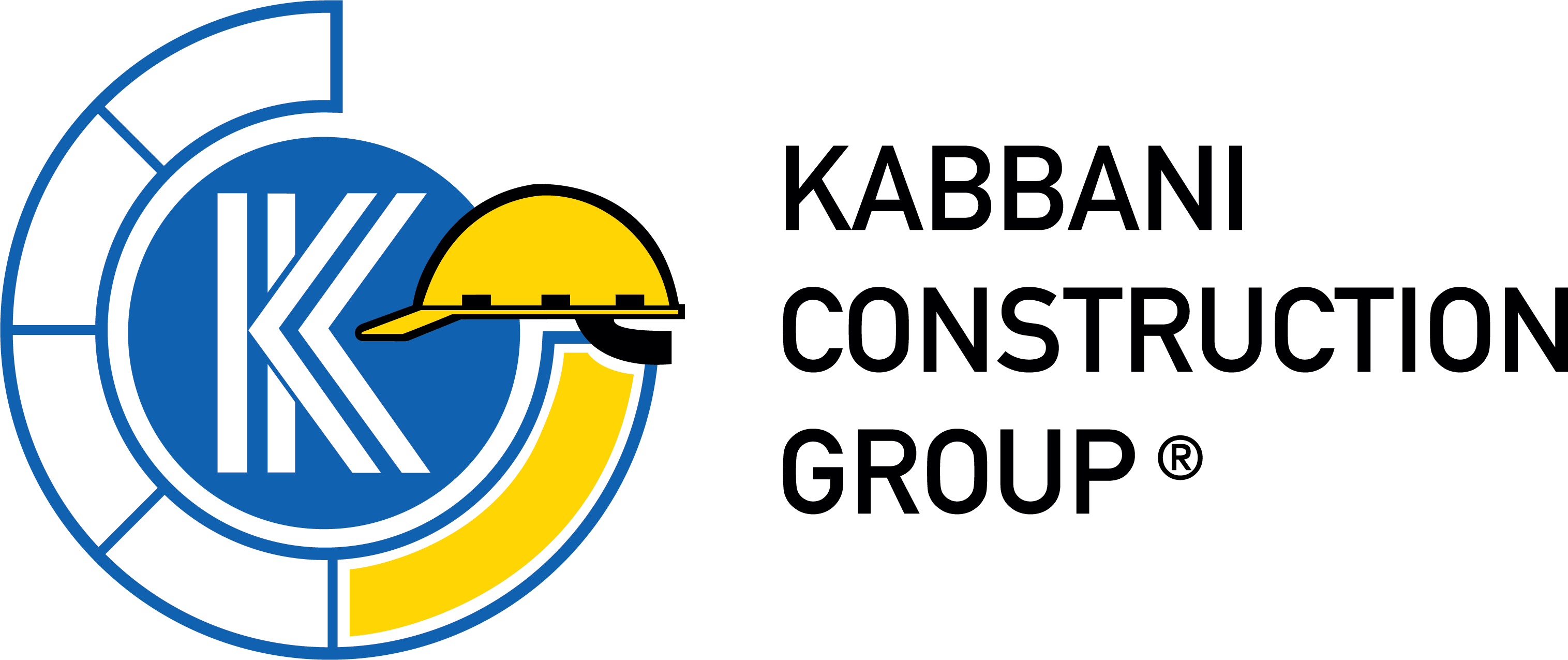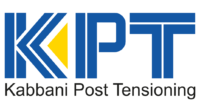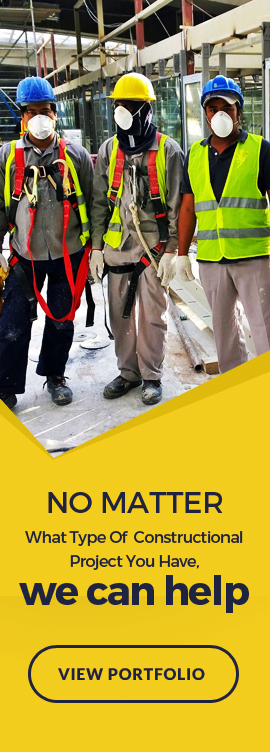Expansion Joints
In building construction, an expansion joint is a mid-structure separation designed to relieve stress on building materials caused by building movement induced by:
- – Thermal expansion and contraction caused by temperature changes
- – Sway caused by wind
- – Seismic events
- – Static load deflection
- – Live load deflection
Because the joint bisects the entire structure, it marks a gap through all building assemblies–walls; decks; plazas or split-slab concourses; foundation floors and walls; roofs, planters, and green roofs; fire-rated demising walls and floors; interior floors; etc. This gap must be filled to restore the waterproofing, fire proofing, sound proofing, air barrier, roof membrane, trafficable surface and other functions of the building elements it bisects.
Expansion joint systems are used to bridge the gap and restore building assembly functions while accommodating expected movements.
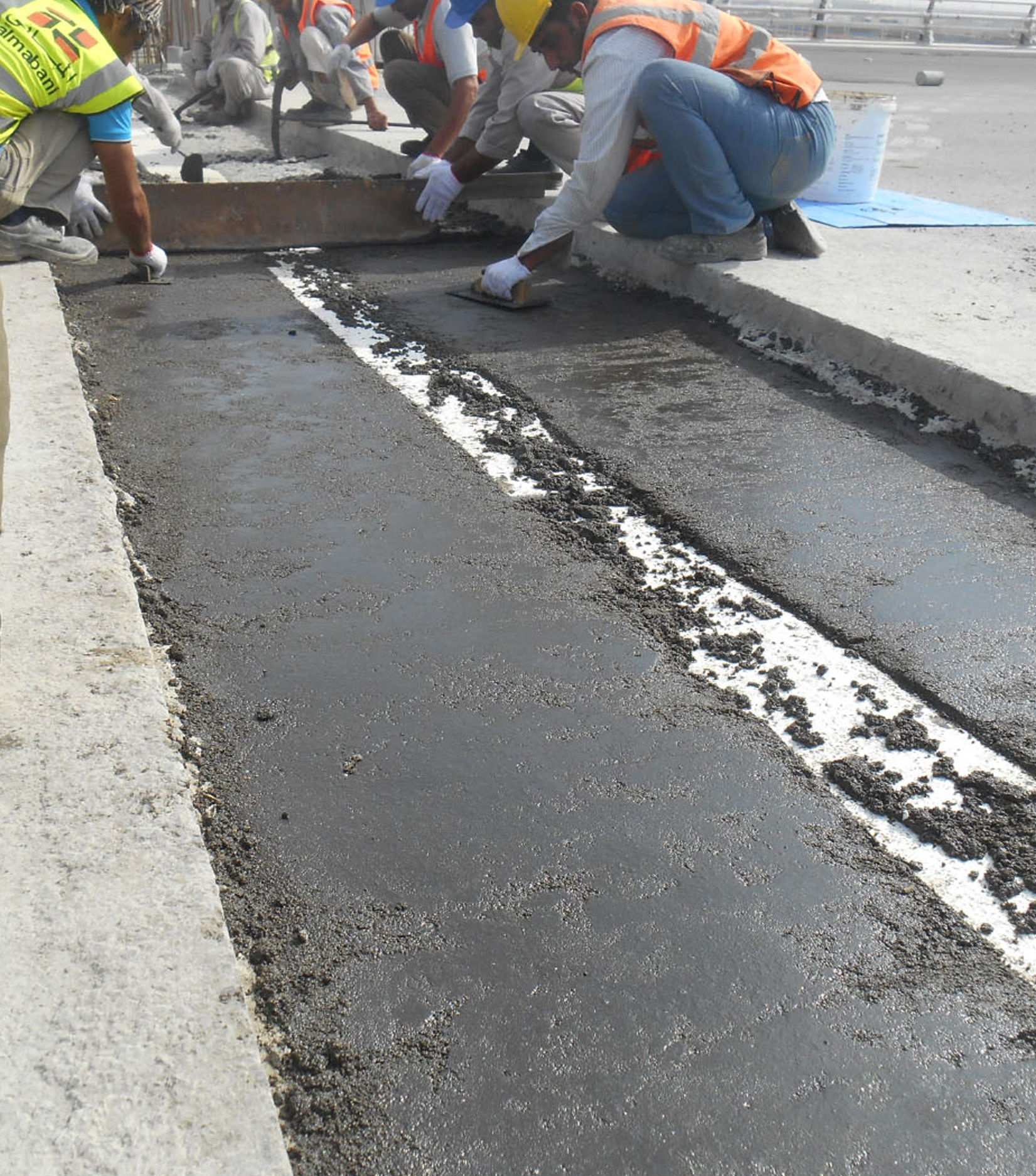
The term “movement joint” has been widely adopted in preference to “expansion joint” as it more appropriately encompasses the fact that building movement results in both compression and expansion of the material installed.
For example, when a structure heats up, the building materials from which it is built expand. This causes the “expansion joint” to close down, thereby compressing the expansion joint system installed in the gap.
Conversely, when the temperature drops, the materials cool causing the joint gap to open. This requires the expansion joint material to expand to follow the joint movement.
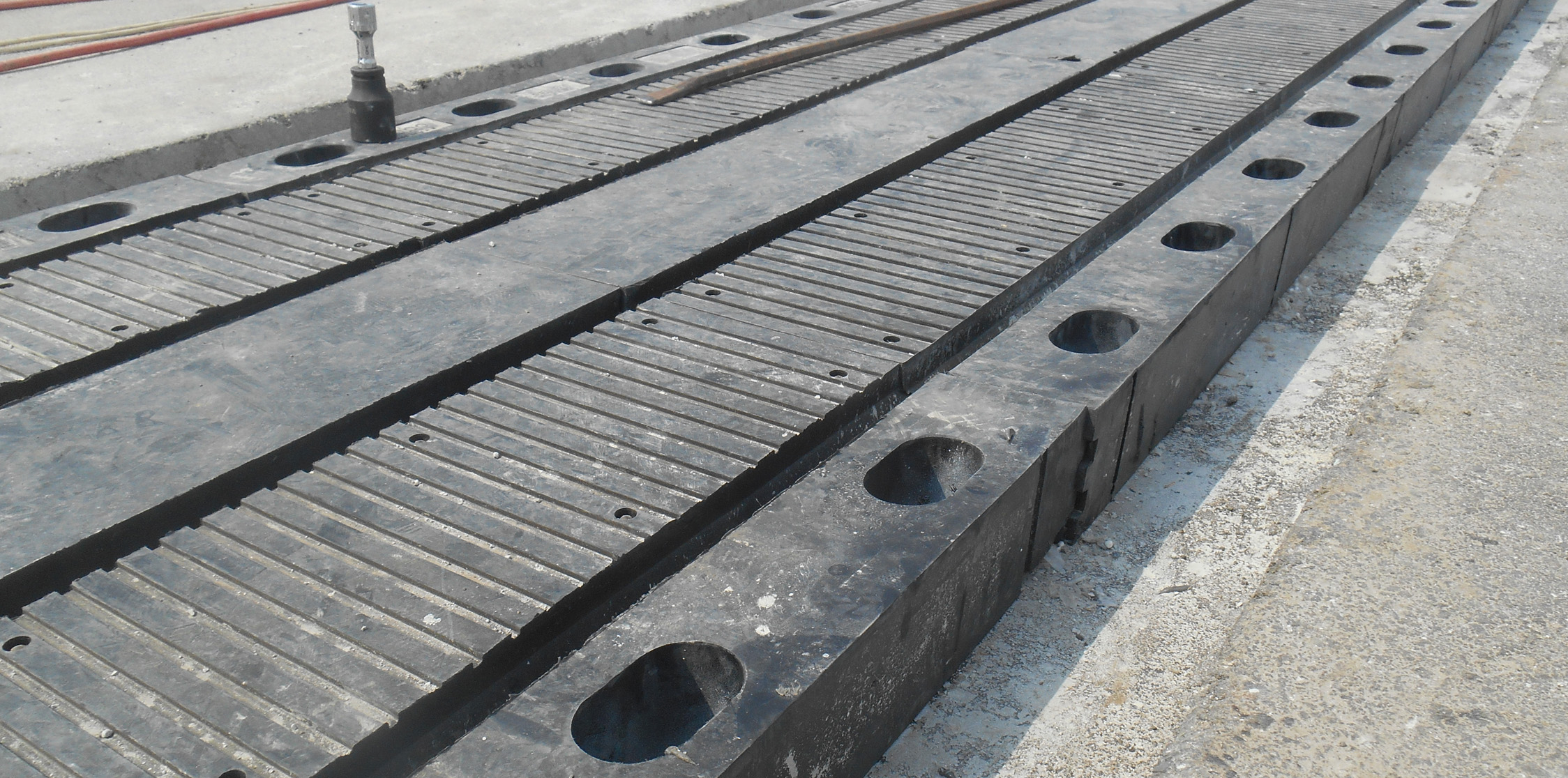
Types of Expansion Joints
Free Single Type
- The basic type of expansion joint. For this type, thrust generated by internal pressure is applied to the fixed points.
- If high internal pressure is applied, a reinforcement ring is used to prevent deformation of the bellows. Three types of shapes are available.
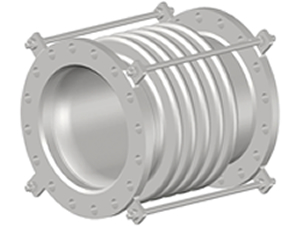
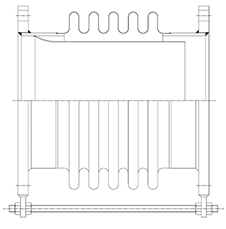
Free Duplex Type
- A duplex type can used if displacement in the direction perpendicular to the axis is large.
- If high internal pressure is applied, a reinforcement ring can be used to prevent deformation of the bellows.
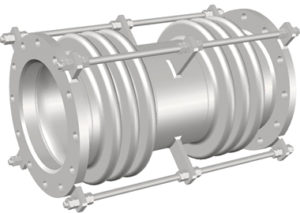
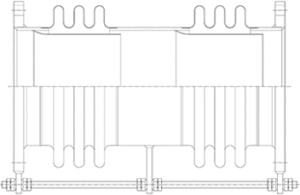
Outer Pressure Single Type
- This type is characterized by the structure where internal pressure of the fluid is applied in the area between the inner surface of the external cylinder and the outer circumference of the bellows.
- There is no risk of buckling of the bellows even at high pressure.
- A drain on the external cylinder makes it possible to easily remove accumulated liquid.
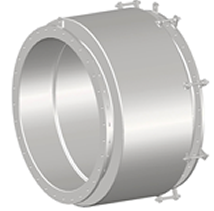
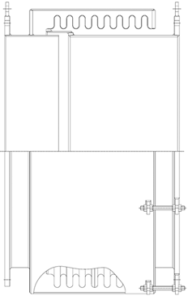
Outer Pressure Double Type
- This type is characterized by the structure where internal pressure of the fluid is applied in the area between the inner surface of the external cylinder and the outer circumference of the bellows.
- There is no risk of buckling of the bellows even at high pressure.
- A drain on the external cylinder makes it possible to easily remove accumulated liquid.
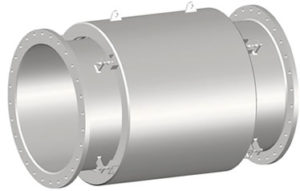
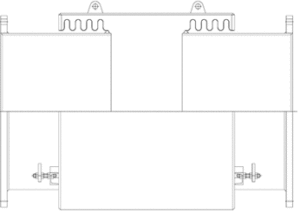
Hinge Type
- This type can absorb angular displacement on a plane.
- It is designed to restrain the thrust generated by internal pressure by a hinge pin, thus applying no thrust at fixed points.
- By combining two to four items on a plane, this product can absorb displacement in the axial direction.
- As the number of items combined is increased, the product can absorb greater displacement.
- Moreover, by combining a gimbal type with this type, it becomes possible to absorb displacement not only in the axial direction but also in the direction perpendicular to the axis in all directions.
- If high internal pressure is applied, a reinforcement ring can be used to prevent deformation of the bellows.
